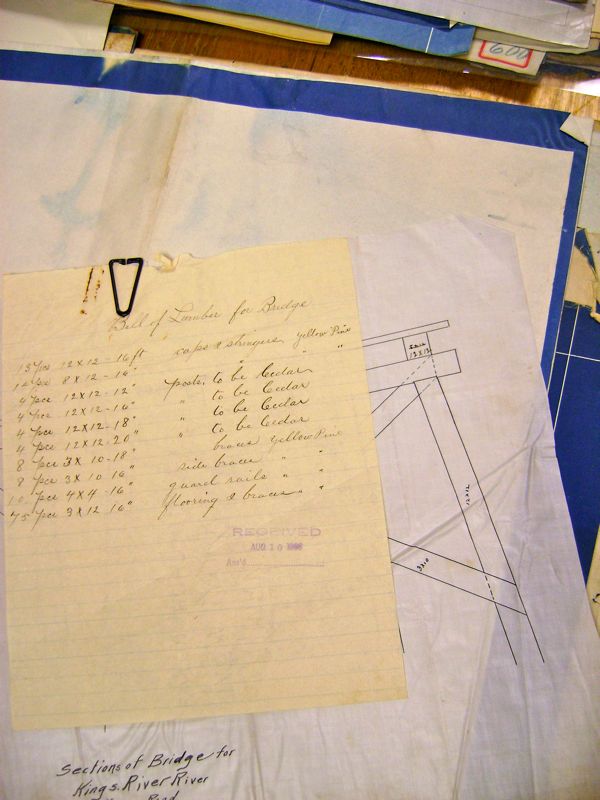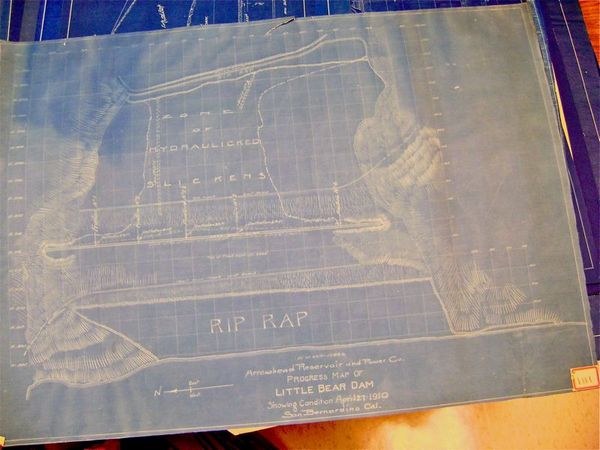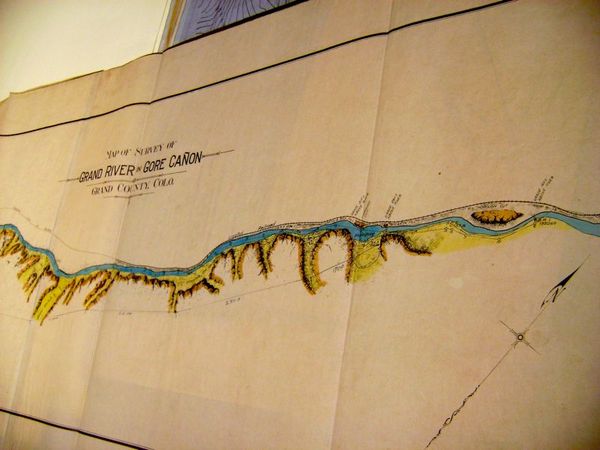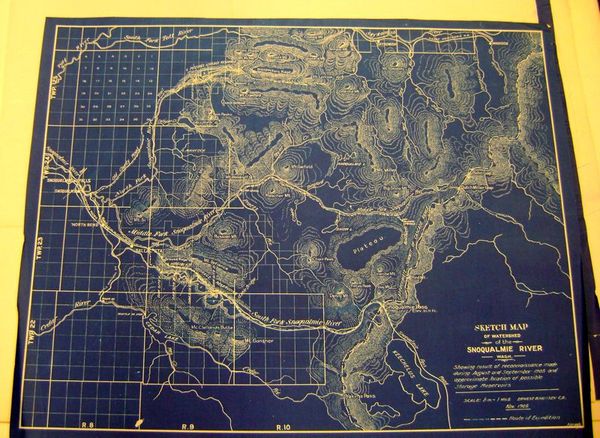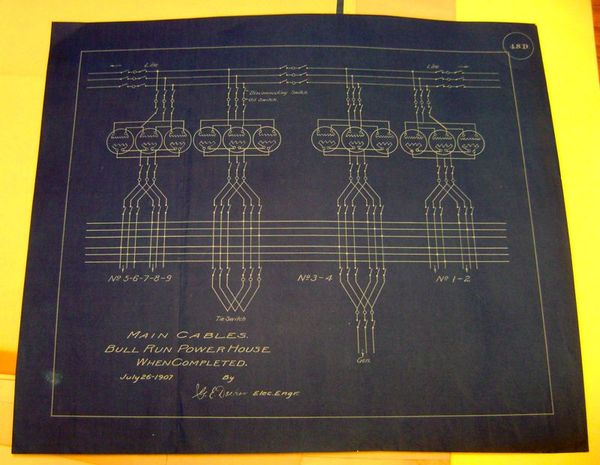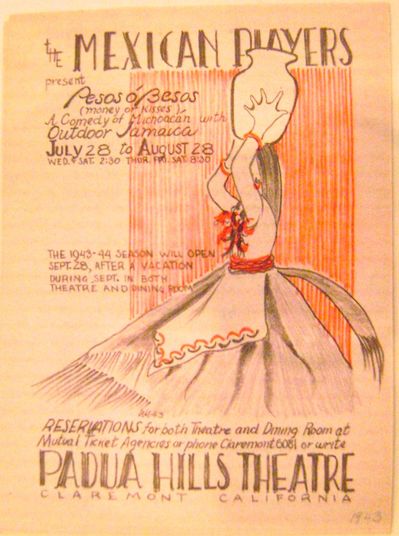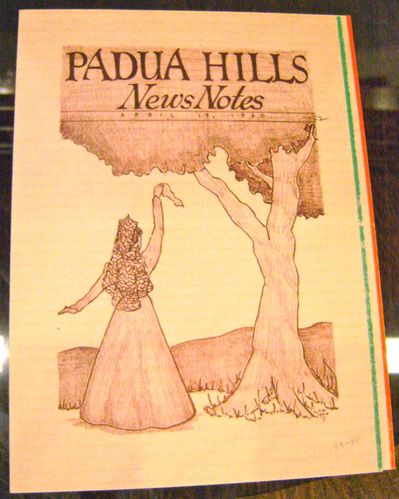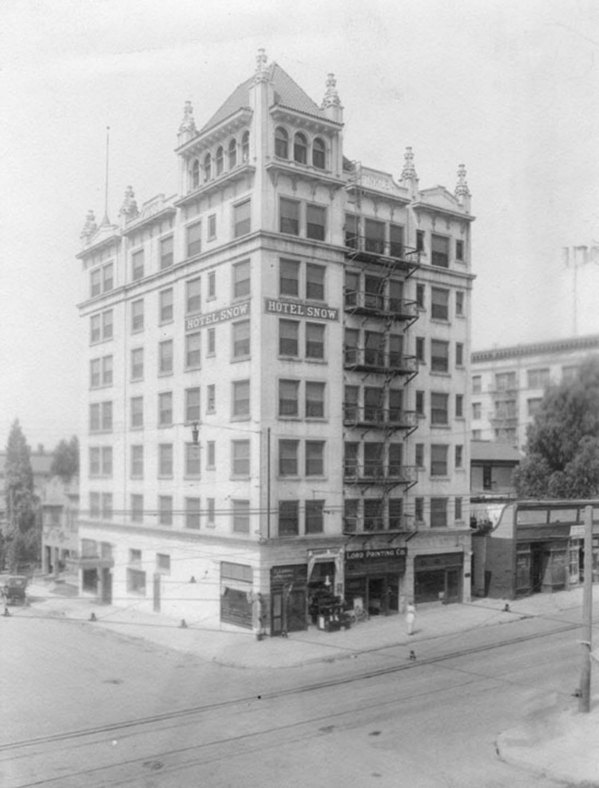Hello! This is my first week on the job as a CCEPS Fellow, and I couldn’t be more excited about my new project: archiving the Dead Sea Files held by Honnold/Mudd Library’s Special Collections! Although this endeavor is “small” by archival standards – only 1 linear foot – it’s a foot which has high historic value for researchers interested in the story of how scholars sought to bring the Scrolls back to life.
For your viewing pleasure, here’s a shot of the Files’ current “tomb.” This is how they looked when they originally were given to Special Collections, by a special Deed of Gift from Dr. James and Mrs. Anne Robinson:
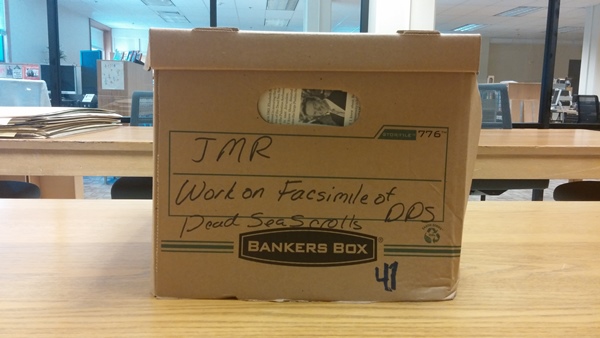 Upon receiving the box, my first task was to survey its contents. This is important, because it helps an archivist get a sense of how the series should be arranged. As can be seen from the below picture, the contents of a collection may not arrive in an order that’s conducive to helping researchers easily figure out which of the files might be useful to their project.
Upon receiving the box, my first task was to survey its contents. This is important, because it helps an archivist get a sense of how the series should be arranged. As can be seen from the below picture, the contents of a collection may not arrive in an order that’s conducive to helping researchers easily figure out which of the files might be useful to their project.
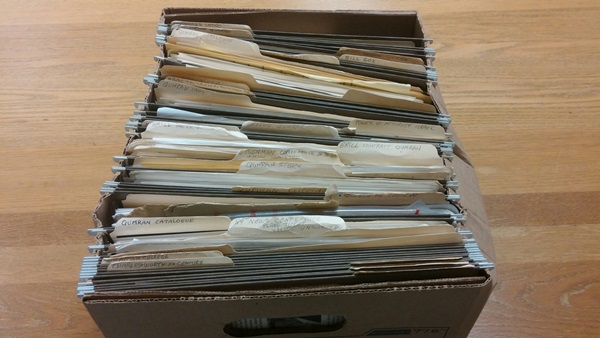
The second purpose of the survey is to aid the archivist in understanding what the preservation issues in a given collection might be. On that note, the following picture shows a professional archivist toolkit. Believe me, it can get a lot more complicated than this little kit might suggest to try and preserve photos, records, and assorted ephemera for future generations….but this at least gets us off to a good start! The most serious issues I’ve encountered thus far with these records are fragile materials (such as aging carbon paper), and documents which have been seriously bent due to improper storage practices. However, Special Collections will be working hard to restore these materials so that they can be easily used by researchers.
 I look forward to writing more next week, and will keep you all posted as to our progress in processing this amazing collection. In the meantime, please let me know if you have any questions about our work here. I’ll do my best to answer them!
I look forward to writing more next week, and will keep you all posted as to our progress in processing this amazing collection. In the meantime, please let me know if you have any questions about our work here. I’ll do my best to answer them!

